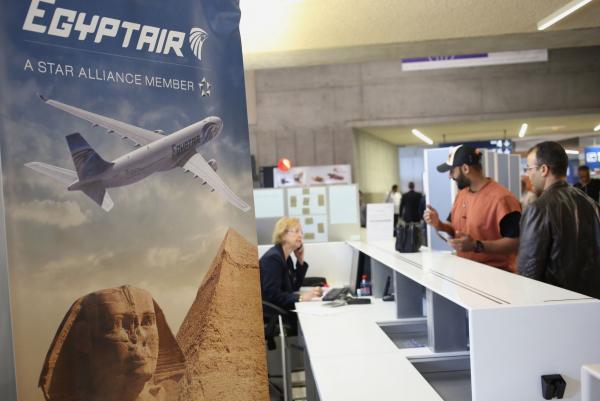
CAIRO, June 15 (UPI) — Nearly a month after it crashed in the Mediterranean Sea, the wreckage from EgyptAir Flight 804 was found by investigators Wednesday, authorities said.
The plane disappeared on May 19 with 66 passengers and crew on board, while flying from Paris to Cairo. The remains of the Airbus 320, including the critical “black boxes,” had been missing for weeks.
Authorities said Wednesday that main sections of the jetliner have been located in the Mediterranean, but the exact coordinates weren’t immediately revealed.
The discovery was made with nearly no time left on the power supply for the locator beacons on the boxes — the flight data recorder and cockpit voice recorder — which typically emit a signal for 30 days after a crash. That 30-day window would have closed on Sunday.
It’s unlikely recovery teams will raise every piece of wreckage from the sea floor, but accident authorities will at least target the pieces most critical to the investigation and try to recover as many human remains as possible.
For weeks, remote-controlled underwater search equipment had been looking along areas that officials believed the plane crashed. But as the sea floor is about 2 miles deep, it has been a challenging environment. One of the vessels detected a ping from one of the plane’s recorders about two weeks ago.
Investigators also know that the plane’s pilots did not issue a distress call before the crash.
Officials should also be able to gain additional insight of the crash by studying the debris field on the seabed, which offers clues as to how the plane came apart.





